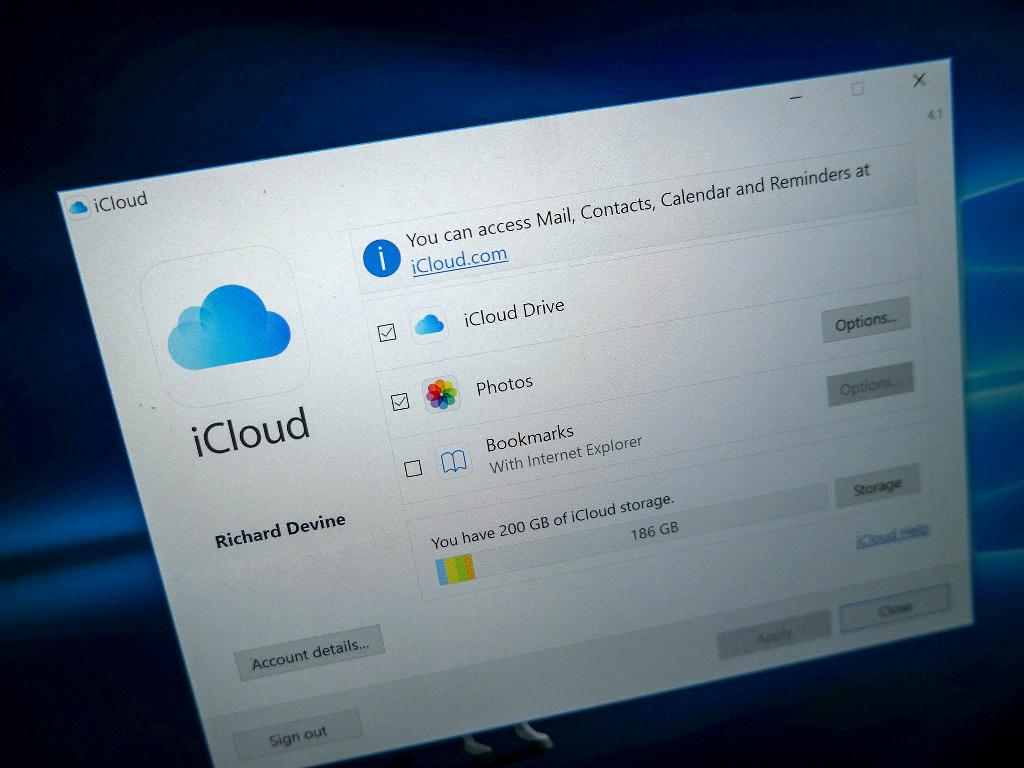When it comes to managing your data in iCloud, deleting files or folders can help free up space and ensure you have only the essentials stored in the cloud. If you’re wondering how to delete data in iCloud, look no further – we’ve got you covered with a step-by-step guide to make the process seamless and straightforward.
Accessing Your iCloud Files
To begin the process of deleting data in iCloud, you’ll first need to access your files stored in the cloud. This can be done easily on your iPhone by opening the Files app and tapping on ‘Browse’ to navigate to iCloud Drive.
Selecting the Files or Folders
Once you’re in iCloud Drive, tap on the ‘More’ button and then select the ‘Select’ option. This will allow you to choose the specific files or folders that you wish to remove from iCloud. Take your time to go through and select the items you no longer need.
Deleting the Chosen Data
With the files or folders selected, the next step is to delete them from iCloud. Simply tap on the ‘Delete’ button, and confirm your action. It’s important to note that deleted files are moved to the Recently Deleted folder and will remain there for 30 days before being permanently removed.
Ensuring All Devices Are Synced
By deleting data in iCloud, you’re not just removing it from the cloud – you’re also ensuring that it’s no longer stored on all of your connected devices. This means that the files will be removed from your iPhone, iPad, Mac, and any other device linked to your iCloud account.
Managing Your iCloud Storage
Regularly deleting unwanted data from iCloud is a great way to manage your storage space effectively. By staying on top of what you store in the cloud, you can ensure that you have ample space for essential files and backups.
Recovering Deleted Data
If you accidentally delete a file in iCloud or realize you still need it, don’t worry – you can recover deleted data within 30 days from the Recently Deleted folder. Simply locate the file, select it, and choose to restore it to its original location.
Setting Up Automatic Deletion
To make managing your iCloud storage even easier, consider setting up automatic deletion for certain types of files or after a specified period. This can help streamline the process and ensure that your storage space is consistently optimized.
Regularly Reviewing Your Files
To prevent unnecessary clutter in iCloud, it’s advisable to regularly review your files and folders. Take the time to assess what you truly need to keep stored in the cloud and delete anything that is outdated or no longer required.
Utilizing iCloud Sharing
Instead of storing large files in iCloud that may be taking up unnecessary space, consider utilizing iCloud Sharing for collaborative projects or sharing resources with others. This can help you keep your iCloud storage focused on essential files.
Optimizing Your iCloud Usage
Deleting data in iCloud is just one part of optimizing your cloud storage experience. Be sure to explore other features and settings that iCloud offers to make the most of the service and ensure your data is secure and easily accessible.

Final Thoughts
Deleting data in iCloud is a simple yet effective way to manage your storage space and keep your files organized. By following the steps outlined in this guide and staying proactive in your approach to data management, you can make the most of iCloud and ensure that your cloud storage works for you.
